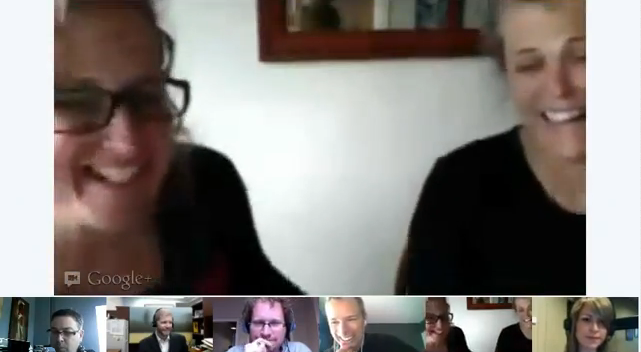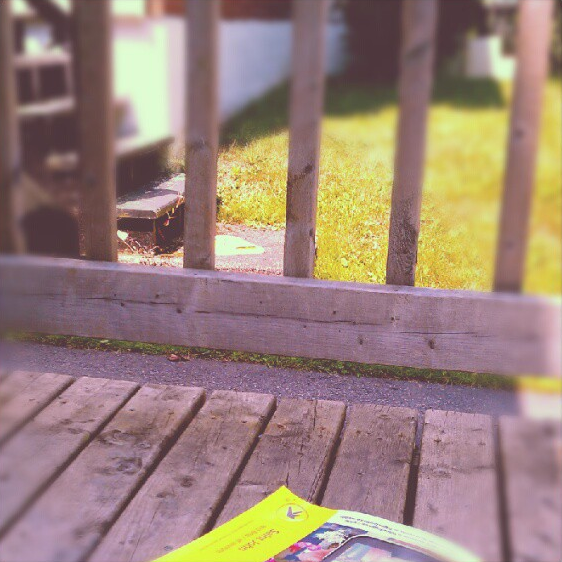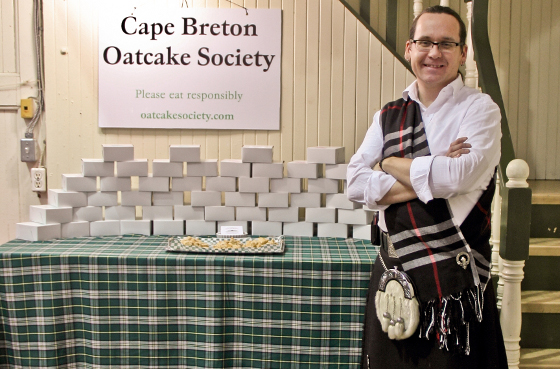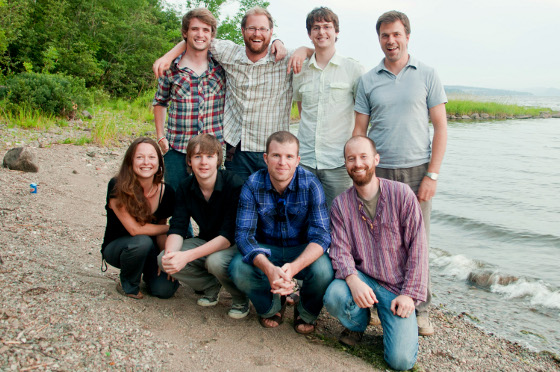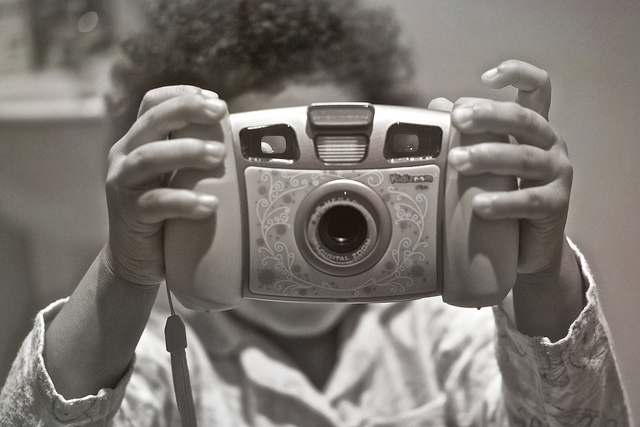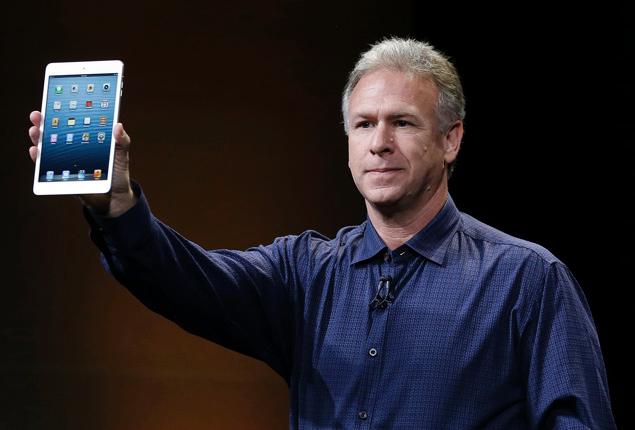 What I noticed most about the launch of the new iPad Mini by Apple Senior Vice President Phil Schiller this week is that he did not sell us on how this new device will change our lives. That's what Steve would have done.
What I noticed most about the launch of the new iPad Mini by Apple Senior Vice President Phil Schiller this week is that he did not sell us on how this new device will change our lives. That's what Steve would have done.
He would have reenacted dreams of our childhood made real by this new device. He would have painted an irresistible brand picture for it that would make it feel like it belonged in its own category of product; something we hadn't already seen many times before. Instead we were sold on specs. There was certainly a romantic praise for the industrial design that Apple always deserves, but he gave us information, not religion.
Absent was a play to the emotional, personal experience that indicates a true understanding of what Apple customers want that Steve never missed. Was this device created because competitors' success indicated a demand for this type of device? Or did they build something that would make their buyers lives better? That's what Apple used to always strive for. That narrative was weak this time.
'Belonging' Strengthens Brand Communities
Apple taught us that we should build a community around our brands. They did it before social media and now they continue to do it without brand-generated social media. Despite their heavy use of traditional advertising and marketing they still connect with their community (advertising on social channels is not a very social use of media).
Here are 3 things Apple used to do better than it does today that any brand can learn from:
-
Demonstrate understanding.
Your products and services should always communicate that you understand your customer. Not just what they want to pay you for, but that you understand them as people. You know how they live, what's important to them, and what they enjoy and don't enjoy.
-
Communicate emotion.
Information won't accomplish anything unless it stimulates an emotion that supports your brand. Make your customers feel nostalgic, unique, or even afraid if that's what they want and expect from you. Stephen King told beautiful stories, but fear needed to be part of them to satisfy his community.
-
Share the experience.
Regard your company, products, and services the way you want your customers to so you can authentically project that regard on to others who might want to be part of it. Company + Customers = Community.
Steve Jobs knew these pillars of branding better than anyone. Without being social he still used that channel for viral reach by pushing traditional media buttons: PR, advertising, events, etc. He made Apple a company that could carry out these 3 brand goals using the old ways. Imagine what a brand could do if it reached for these goals with social media.
How would you pursue these 3 goals with your brand?
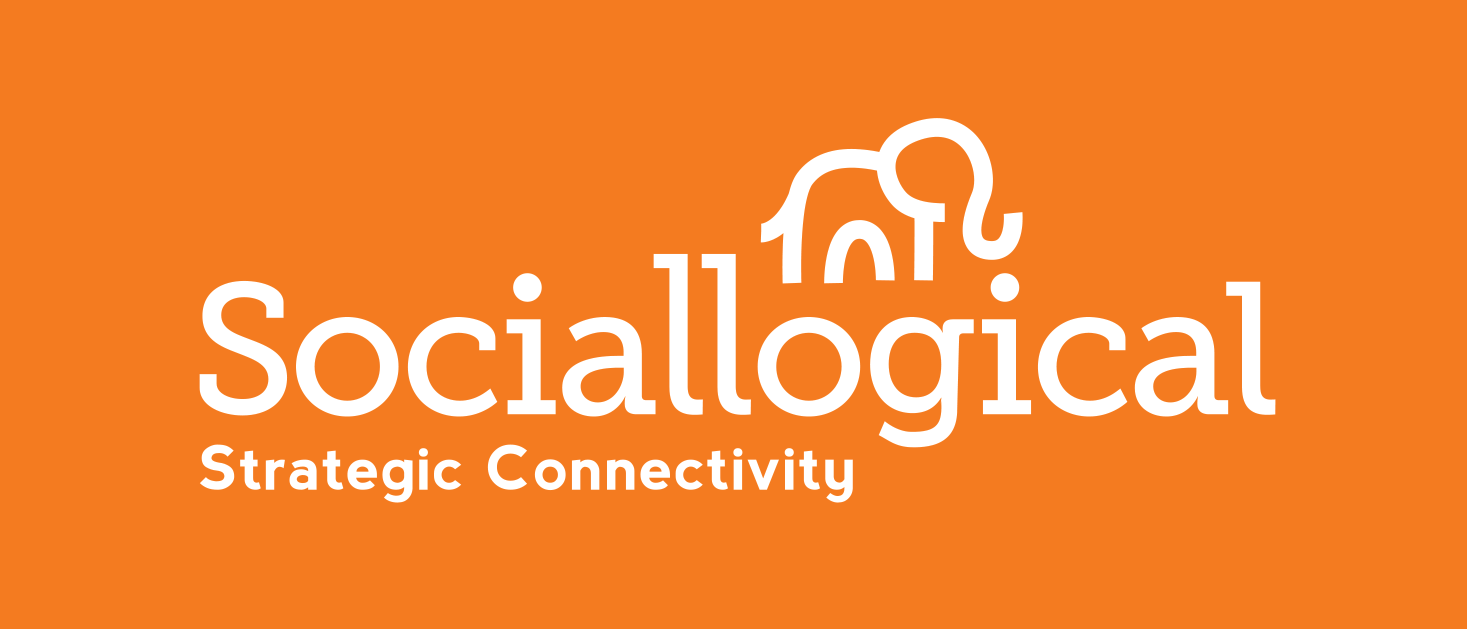



 The story of your business - how it came to be and why you are in business today - is a mountain of personal connections and powerful marketing that you can build on. Until you build your brand on your own stories, you’re not building the social capital that you need to market yourself in the internet age. And until you realize the power of storytelling in all styles and formats then you may be missing out on an opportunity to create powerful community.
The story of your business - how it came to be and why you are in business today - is a mountain of personal connections and powerful marketing that you can build on. Until you build your brand on your own stories, you’re not building the social capital that you need to market yourself in the internet age. And until you realize the power of storytelling in all styles and formats then you may be missing out on an opportunity to create powerful community.